Phorid (Hunchback) Fly
- Article
- Phorid (Hunchback) Fly
Phorid (Hunchback) Fly
Scientific Name: Family Phoridae
How to identify a Phorid Fly
Adult Phorid flies are small to minute in size 0.5 – 5.5mm with a relatively large thorax, hence the common name of “Hunchback” flies. They are most often black or brown though some are yellowish. Phorid flies are strong fliers and often associated with dead animals and decaying vegetation.
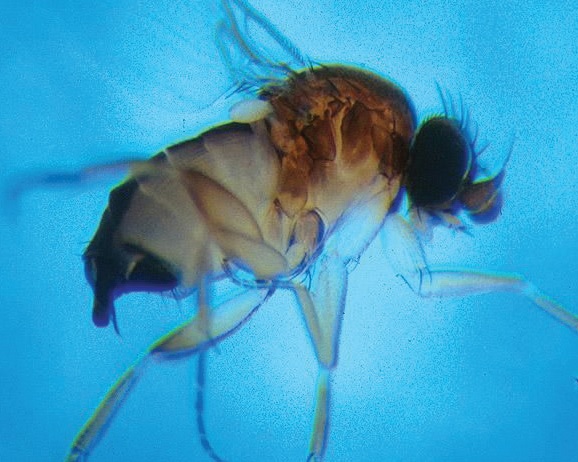
Where are phorid flies commonly found?
The hunchback fly larvae are commonly found in large numbers in decomposing organic matter and scavenging in carrion. The flies can be found on premises around pot plants or garden beds. Because they are so small, they can breed in cracks or even mop heads.
Why are phorid flies considered a pest?
Due to the materials that Phorid flies feed on they can potentially spread a wide variety of diseases however, they are mainly considered a nuisance pest.
What is the biology and lifecycle of a phorid fly?
Females lay approximately 20 eggs per batch, twice every 12 hours, and can lay up to 500 eggs. Eggs are laid in moist organic material or standing water. Larvae emerge within 24 hours and the life cycle from egg to adult can take between 14 – 37 hours.
Management Tips for Hunchback Flies
The key to controlling phorid flies is finding the breeding sites and removing them by proper cleaning practices. Phorid flies, like other types of small flies, can be difficult to totally eliminate because they can breed in such small amounts of organic matter. A number of breeding sites can be found and eliminated while others may easily be overlooked. The inspection needs to focus on finding all sites where moist organic material has accumulated and then removing that matter completely.
On occasion, leaking drains under slabs or in subfloor areas can result in huge phorid fly populations in homes, restaurants or other buildings. All leaking drains need to be repaired. If the wet, contaminated soil is not removed and replaced with fresh, dry soil, the phorid fly problem will persist.
PRODUCT SOLUTIONS
-
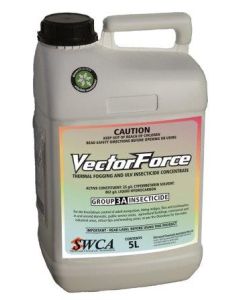 Vectorforce ULV and Thermal Fogging Insecticide 5L25g/L Cypermethrin Solvent
Vectorforce ULV and Thermal Fogging Insecticide 5L25g/L Cypermethrin SolventVectorforce Thermal Fogging and ULV Insecticide Concentrate is formulated for the knockdown control of adult mosquitoes, biting midges, flies and cockroaches.
Out of stock -
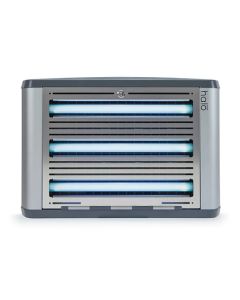 Halo 45 Glueboard Fly TrapProfessional Grade
Halo 45 Glueboard Fly TrapProfessional GradeWith a contemporary, discreet aesthetic and commercial efficacy, the second generation Halo 45 is the most versatile glueboard flykiller available for use across a range of commercial applications.
-
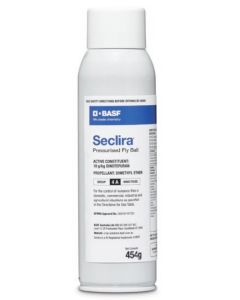 Seclira Pressurised Fly Bait 454g10g/kg Dinotefuran
Seclira Pressurised Fly Bait 454g10g/kg DinotefuranSeclira Pressurised Fly Bait is a new ground breaking, ready-to-use pressurised bait, enabling users to simply and precisely place bait where nuisance flies naturally go.
-
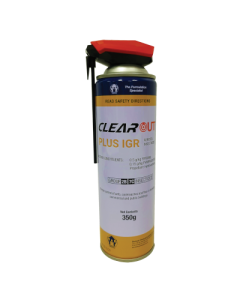 Clear Out Plus IGR Aerosol Insecticide 350g0.5g/kg Fipronil, 0.15g/kg Pyriproxyfen
Clear Out Plus IGR Aerosol Insecticide 350g0.5g/kg Fipronil, 0.15g/kg PyriproxyfenClear Out Plus IGR Aerosol Insecticide is a residual surface crack & crevice or spot treatment for control of ants, cockroaches and flies in domestic, commercial and public buildings.
-
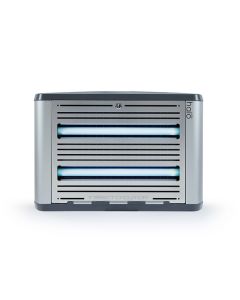 Halo 30 Glueboard Fly TrapProfessional Grade
Halo 30 Glueboard Fly TrapProfessional GradeHalo 30 is a versatile, discreet glueboard fly trap that's silent in operation, making it ideal for sensitive areas such as food preparation, hotel lobbies, restaurant dining and other commercial back of house areas.
-
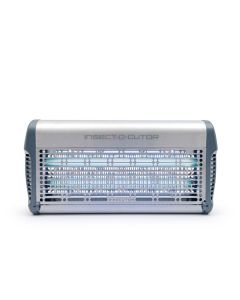 Exocutor 30 Electric Fly Unit
Exocutor 30 Electric Fly UnitThe Exocutor 30 Electric Fly Unit features staggered tube positioning to ensure the maximum amount of UV light is radiated from all areas of the unit, luring flying insects into the highly effective triangular killing grid.
-
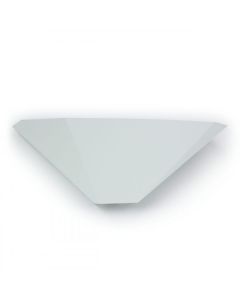 Luralite Cento Glue Board Unit
Luralite Cento Glue Board UnitDeveloped as a highly effective but discreet solution for insect control, the Luralite Cento Glueboard Unit is ideal for use in restaurants, bars, cafes and other front of house applications.
-
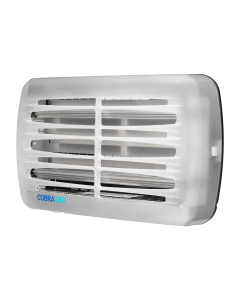 Brandenburg Genus Cobra LED Fly Trap Unit (2x18)
Brandenburg Genus Cobra LED Fly Trap Unit (2x18)A cost-effective and efficient fly trap unit with Translucent TechnologyTM that delivers a 180-degree window of attraction for increased fly catch.
-
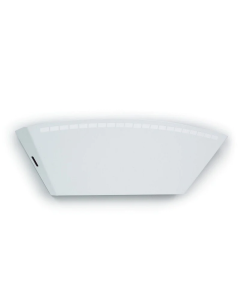 Insect-O-Matic 301 Uplighter Wall Mounted Glue Board Unit
Insect-O-Matic 301 Uplighter Wall Mounted Glue Board UnitCovers an area of up to 40m2 and is effective against all flying insects including flies, fruit flies and moths. Ideal for large lobbies, bars, dining areas and front of house applications. Silent in operation and caught insects are hidden from view.
Out of stock -
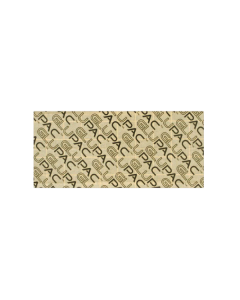 Insect-O-Matic 301 Uplighter Replacement Glue Boards G2/4 (Pk10)Tricozene Z9
Insect-O-Matic 301 Uplighter Replacement Glue Boards G2/4 (Pk10)Tricozene Z9Glupac pheromone impregnated glueboard with UV stabiliser compatible with the Insect-O-Matic 301 Uplighter Wall Mounted Glueboard Unit (IOM301).
-
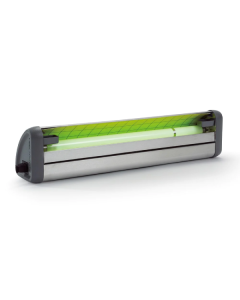 Insect-O-Matic Nectar Glue Board Unit
Insect-O-Matic Nectar Glue Board UnitThe Insect-O-Matic Nectar Glue Board Unit uses UV light, removable trays which can be filled with melon scented liquid attractant, and glue boards to attract fruit flies, fermentation flies, vinegar flies, bar flies and other flying insects to the unit.
-
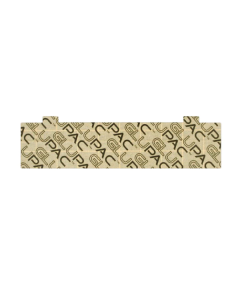 Insect-O-Matic Nectar Replacement Glue Boards (6 pairs)Tricozene Z9
Insect-O-Matic Nectar Replacement Glue Boards (6 pairs)Tricozene Z9Glupac pheromone impregnated glueboard with UV stabiliser compatible with the Insect-O-Matic Nectar Glue Board Unit (IOMINEC).
-
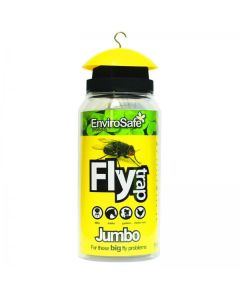 EnviroSafe Jumbo Fly Trap
EnviroSafe Jumbo Fly TrapIdeal for areas with big fly problems. The fly trap comes with 1 x Fly attractant and further EnviroSafe Jumbo Fly Trap Bait (PAT148/1) can be purchased separately.
Out of stock -
 Killmaster Zero Pest Insecticide Strip 65g
Killmaster Zero Pest Insecticide Strip 65gKillmaster Zero Pest Strip is a highly effective, long-lasting solution for managing a wide range of flying and crawling insect pests, including cockroaches, moths, silverfish, ants, and flies. Designed for non-living areas such as storage spaces, store rooms, and industrial bins, this pest strip provides hassle-free protection for up to 4 months.
Out of stock
JOIN OUR NEWSLETTER NOW!
Be the first to hear about the latest specials, products, tips and ideas.

